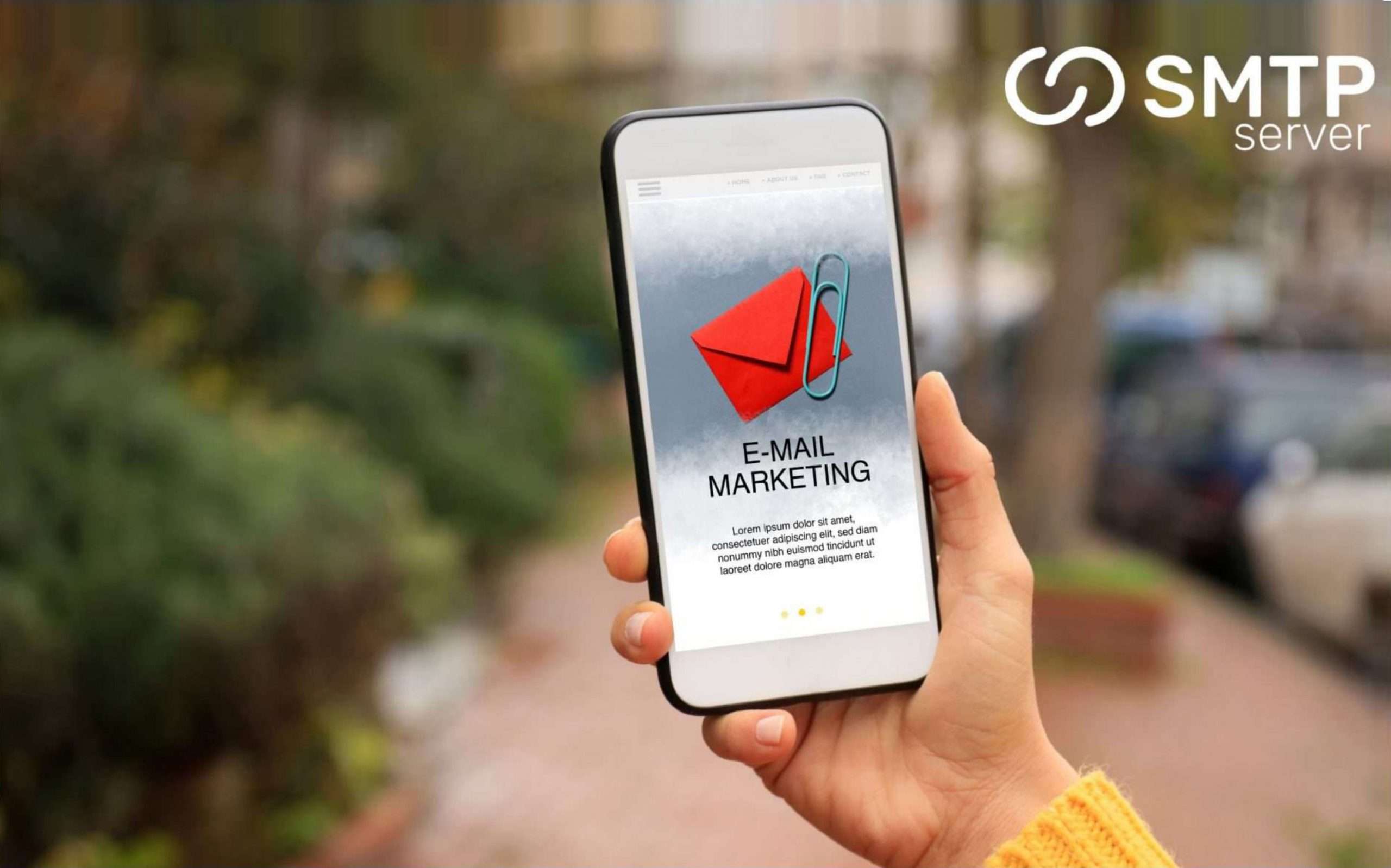5,304 total views, 7 views today
We frequently miss a few details while creating a fantastic email marketing strategy. So that you don’t overlook them the next time you’re developing a strategy, let’s look at those.
Copy: Because many locales and nations around the world have their own communication styles, it’s crucial to keep your marketing copy’s tone and grammar consistent. Email marketing efforts that are merely translated from one language to another may appeal to some while alienating others. After translation, a copy may no longer have the intended tone. Because of this, a general rule of thumb is to create distinct versions of email text based on the intended audience and its language.
Photos: Another typical email localization error is using a set of generic images in your email template. Similar to how translated email prose sounds completely different, some photographs might be well-received in one place and misinterpreted in another. It’s critical to consider the geographical geography, ethnicities, and cultural traditions of the recipients to produce the most locally relevant visuals.
Timezone: Because each country has a different time zone, it’s important to know when to send a marketing email to get the best results. It’s almost midnight in Australian Standard Time when it’s Monday morning Eastern Time (ET) (AST). A marketing email sent concurrently to each location may be accessed swiftly by some recipients while remaining unread for hours by others, costing you click-through and conversion. The key to email localization is figuring out the best sending window for each subscriber.
Legal considerations: It’s crucial that your marketing emails get to subscribers’ inboxes. To maintain deliverability, it’s critical to prevent spam reports or being added to a block list by an internet service provider (ISP). The Controlling the Assault of Non-Solicited Pornography and Marketing (CAN-SPAM) Act in the United States, the General Data Protection Regulation (GDPR) in Europe, the Spam Act in Australia, and Canada’s Anti-Spam Legislation are just a few examples of the diverse nations’ anti-spam laws (CASL). While every rule has unique requirements, they all call for an easy means to unsubscribe from further communications.
Signature tenor: Distinct cultures have different ways of wrapping up a talk. While Americans might like something straightforward and polite, like “Regards,” someone in South America might prefer a warmer tone akin to an embrace. Approving a promotional email that is targeted at a worldwide audience is a great example of email localization and can contribute to the outcomes your business seeks.





